Hello! This is Kumakichi!
Last time, I introduced Myoho-ji Temple, and today I’d like to tell you about the nearby Ankokuron-ji Temple. Both temples are related to Nichiren, so I recommend visiting them together.
Ankokuron-ji isn’t very large, but you can enjoy a bit of hiking and feel the history of the place. Personally, it’s one of my favorite spots.
So, let’s explore!
About Ankokuron-ji Temple
There are some inconsistencies with the explanation of Myōhō-ji, but it is said that Ankokuron-ji stands on the site of Nichiren’s Matsubagayatsu hermitage. Since Myohoji and Ankokuron-ji are quite close to each other, it’s believed that Nichiren stayed at both places… It’s hard to determine which account is correct because it was so long ago.

Across from the main hall is the cave that served as the original hermitage. This place, known as the Gohōkutsu, is where Nichiren wrote the “Risshō Ankokuron” in 1260, petitioning Shikken Hojo Tokiyori for the stability of the country and the happiness of its people.
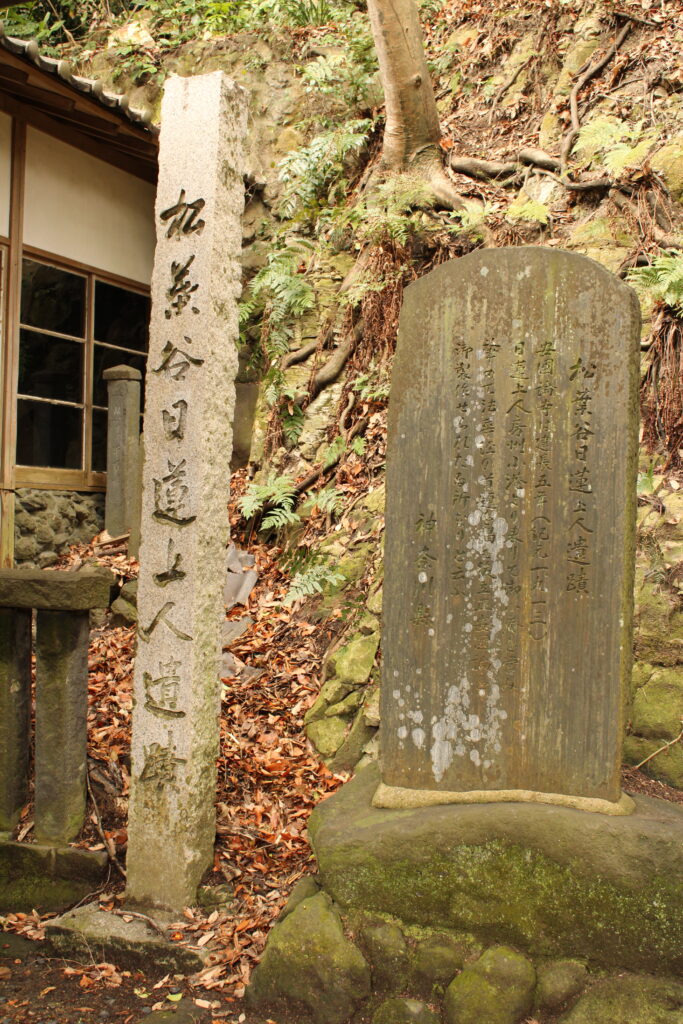
The following year, the hermitage was attacked by those opposed to the “Risshō Ankokuron” (the Matsubagayatsu persecution). During this time, Nichiren temporarily took refuge in the “Nanmen Kutsu,” a cave located on the back mountain of the main hall.
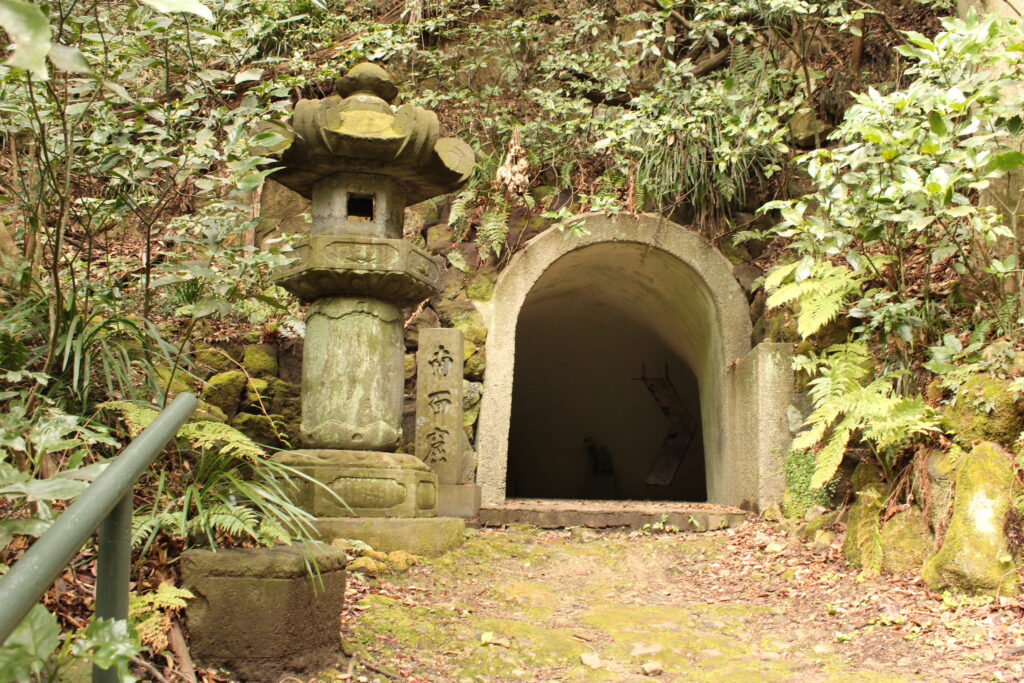
Exploring the Temple Grounds
Now, let me share my impressions from exploring the temple grounds.
First, the woman at the reception was incredibly kind. She gave a detailed explanation on how to get around the temple. However, she also mentioned, “If you’re interested in Nichiren , I can provide an explanation,” which I was interested in, but I thought it might take a bit long, so I politely declined… I was a bit rushed, so I apologize for that.
Then, right near the entrance, I discovered something intriguing! Ankokuronji Temple has a monument to a famous poet. Can you guess who it is?

It’s actually Masaoka Shiki.
He resonated deeply with Nichiren’s intense spiritual nature and even wrote an essay titled “Nichiren.” I had no idea about the connection between Masaoka Shiki and Nichiren, so I was quite surprised!

As you pass the handwashing station and turn right, you’ll connect to a small mountain trail. It’s a bit tiring, but you’re rewarded with a lovely view. On clear days, you can even see Mount Fuji from a spot called “Fujimi-dai.”
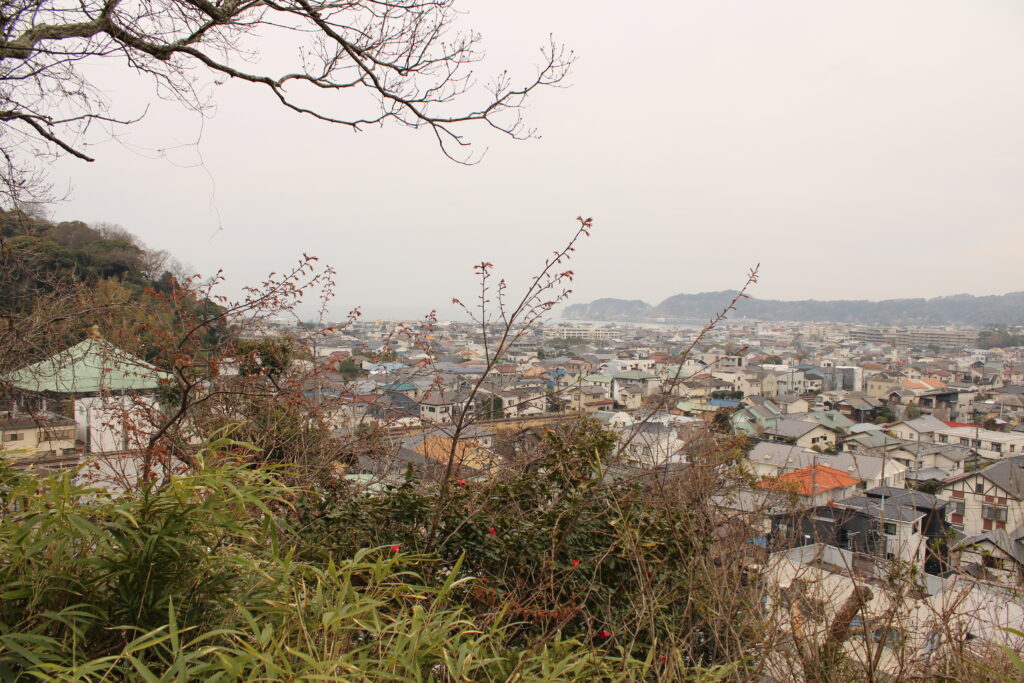
There are also other highlights, such as a bell on top of the mountain and fallen trees, making it a great place to explore! It really felt like a little adventure.


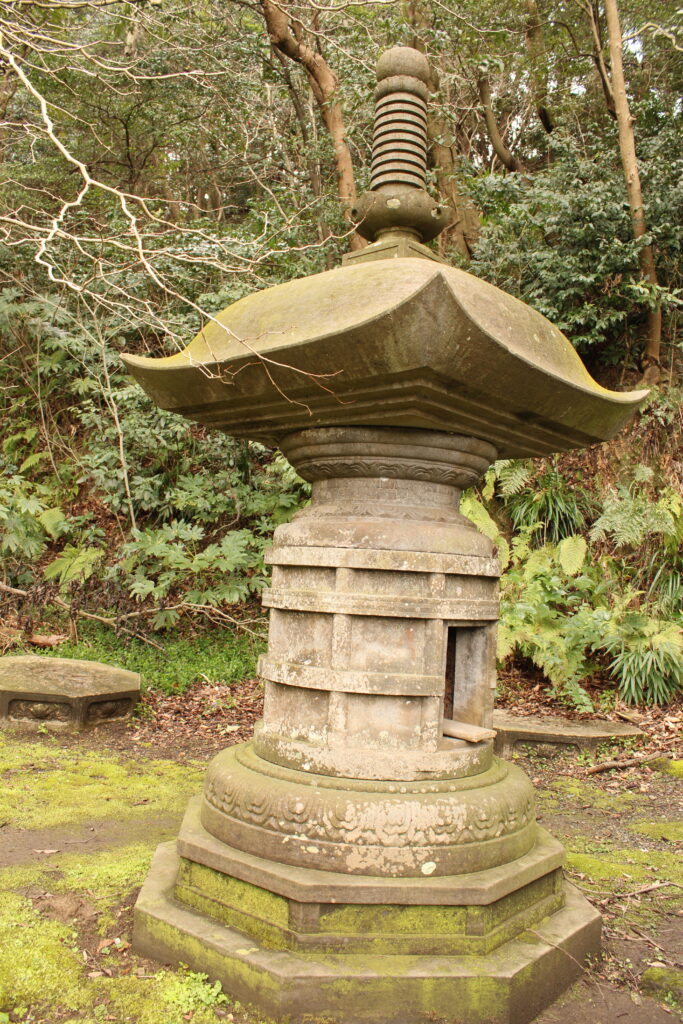
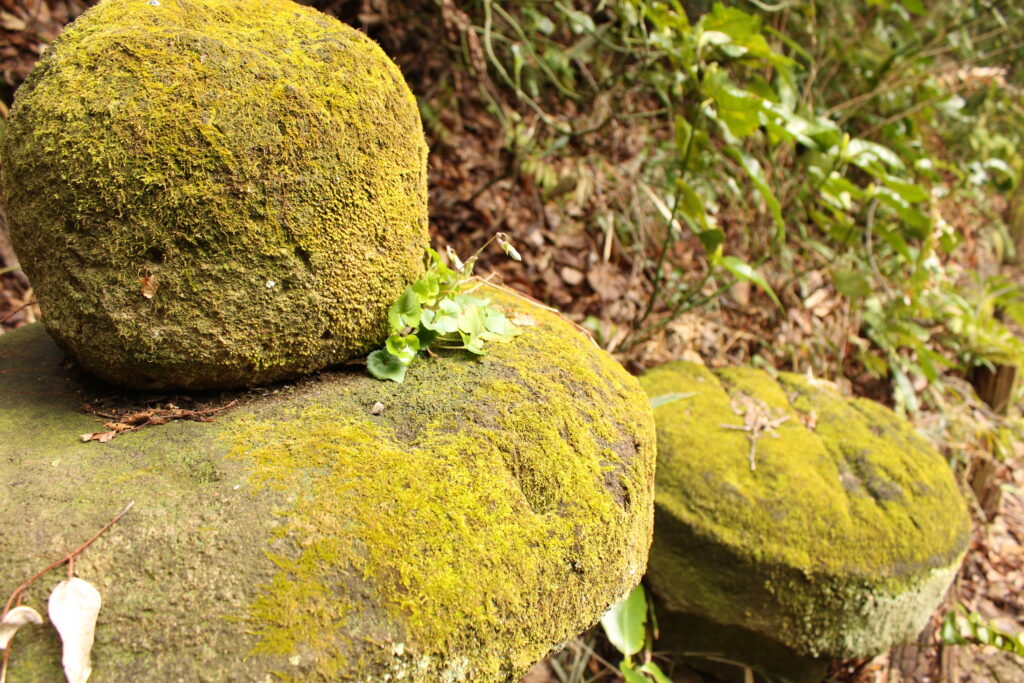
Lastly, there were beautifully arranged flowers on the steps in front of the main hall. It’s hard to believe this was just a coincidence!
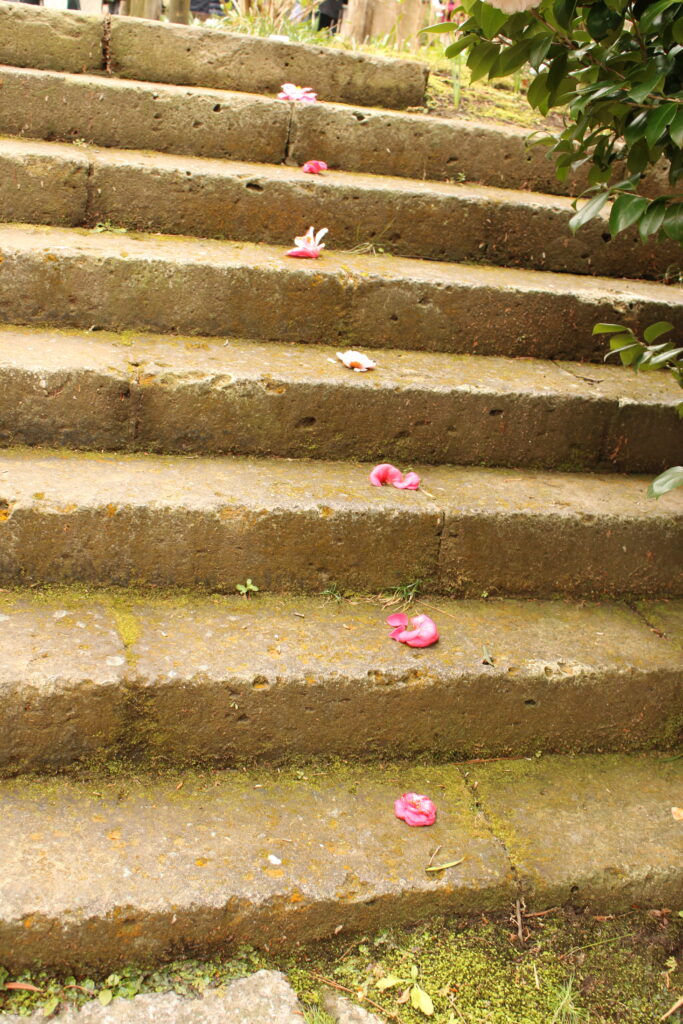
Conclusion
What did you think?
Isn’t it an attractive place with its blend of history, nature, and adventure? While the fallen trees will likely be cleared quickly, climbing the mountain offers wonderful views, making the visit quite enjoyable!
Also, wandering the grounds while pondering what Nichiren was thinking when he wrote the “Risshō Ankokuron” adds an extra layer of interest.
I definitely recommend that you visit and experience it for yourself!

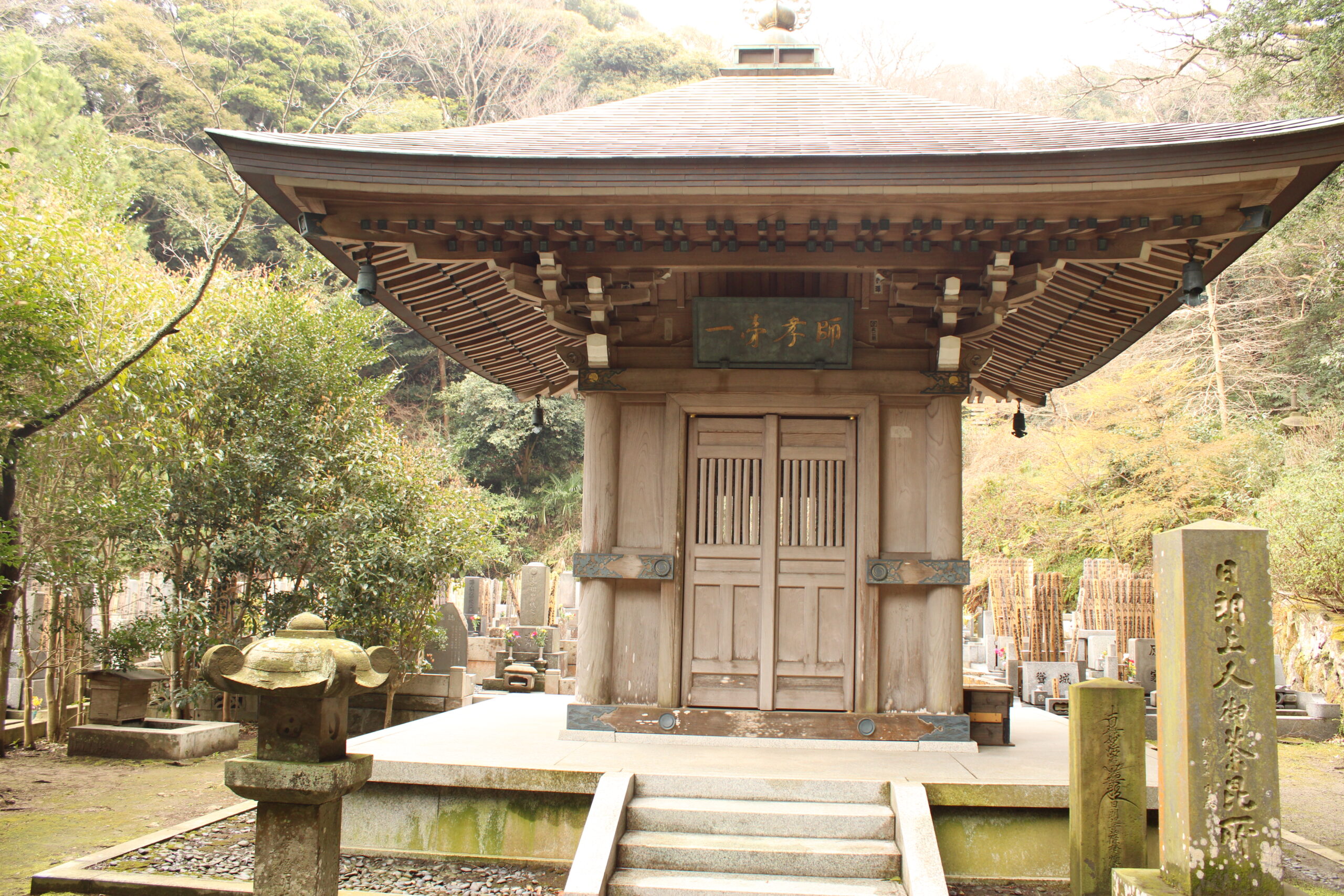


コメント